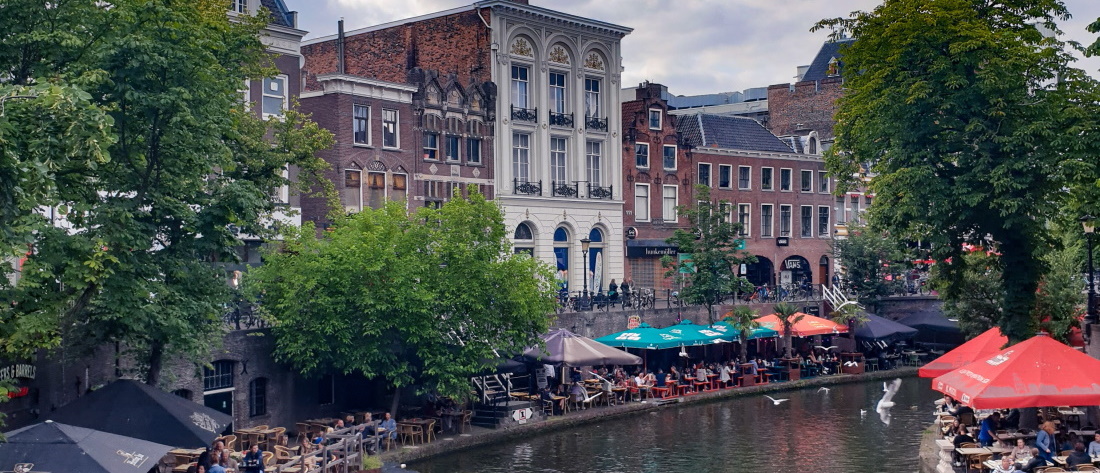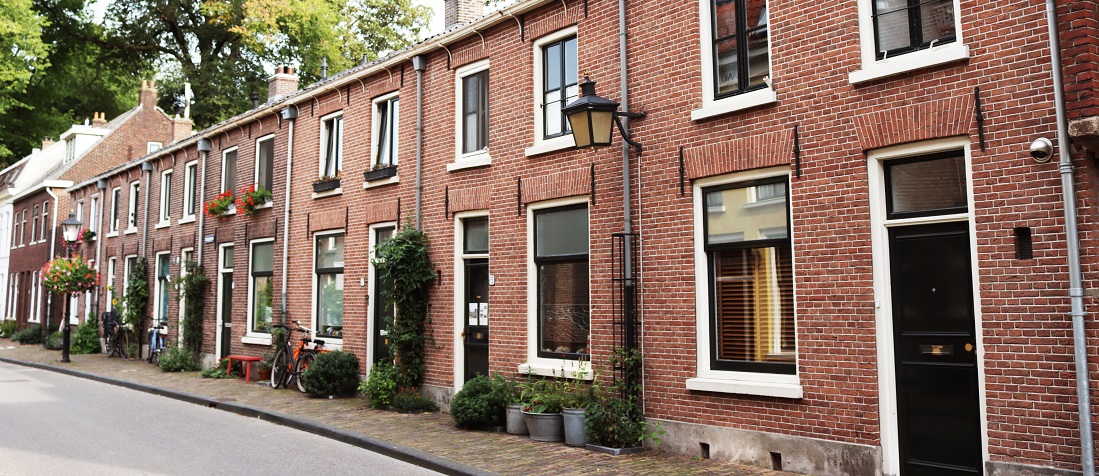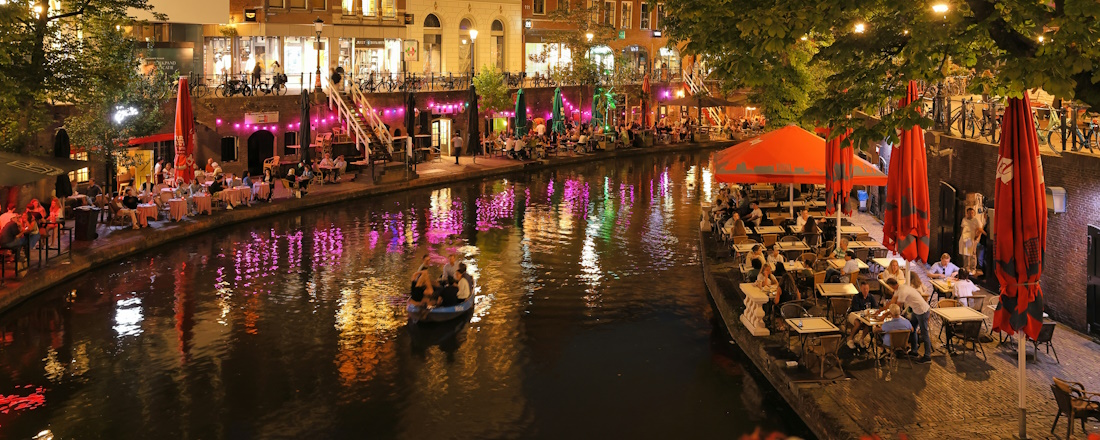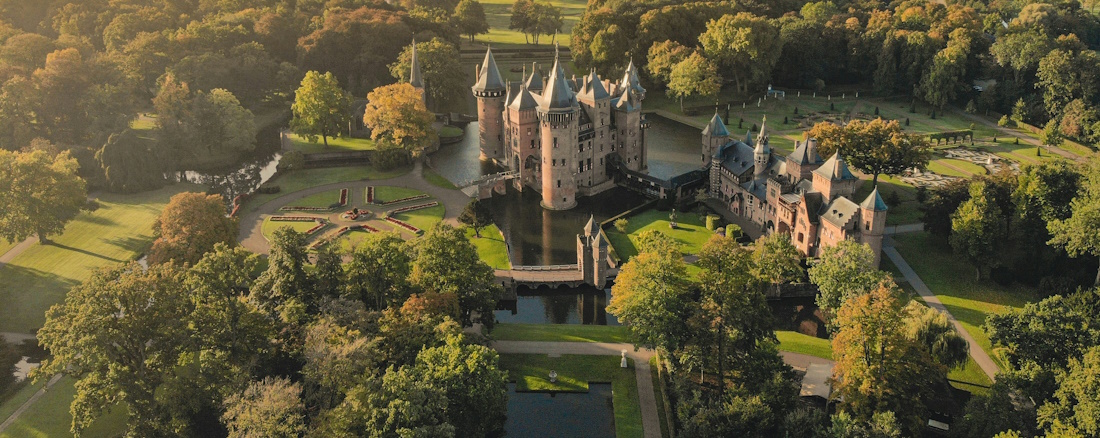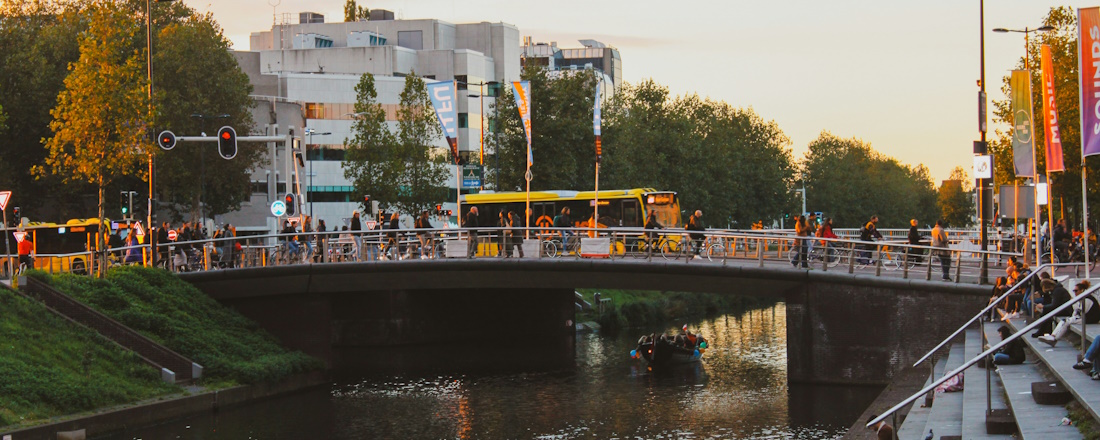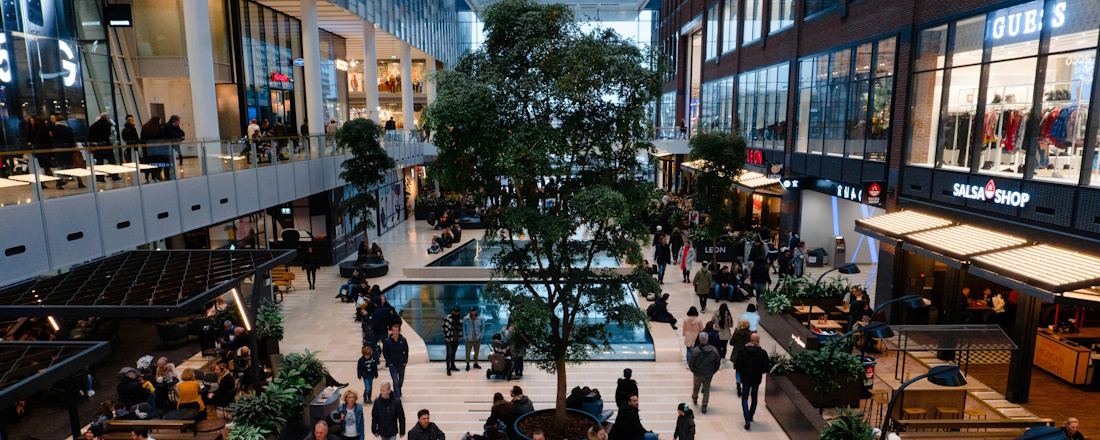As well as historically being a popular student city, Utrecht is fast becoming one of the most attractive places to live in the Netherlands. The city not only offers the amenities found in most big cities, but it’s also full of character and retains a small-town feel. Moreover, the cost of living in Utrecht is a fraction of what one would pay in Amsterdam.
These drawcards have brought an influx of qualified professionals to Utrecht to take up jobs at companies that have chosen to base their operations there. Unfortunately, the housing market has not kept pace with the rapid population growth, and, as a result, finding suitable accommodation can be a bit of an uphill battle.
Areas and suburbs in Utrecht

Utrecht combines historic charm with modern convenience, offering something for everyone. Whether you prefer the lively city centre or the tranquillity of the suburbs, you’ll find plenty of neighbourhoods to suit your lifestyle and budget.
Popular areas include the vibrant city centre, where medieval architecture and canals meet restaurants and shops, and Oost, a favourite for students and professionals, thanks to its proximity to the university and Wilhelminapark. Zuid offers a quieter, more affordable option just south of the city centre. Lombok and Kanaleneiland stand out for their multicultural character and competitive housing options.
Families might prefer Nieuwegein, De Vechtstreek, or Leidsche Rijn, which all offer excellent schools, green spaces, and community-focused living. Whether you’re after urban excitement or suburban peace, Utrecht has a neighbourhood to suit your needs.
Read more: Best Places to Live in Utrecht
Types of accommodation in Utrecht
Your choice of accommodation in Utrecht will depend on factors like your budget, lifestyle, and whether you’re moving with family. The city offers a variety of housing options to suit different needs, from cosy apartments to spacious family homes in the suburbs. Whatever your preferences, Utrecht’s diverse housing options ensure there’s something to suit your needs, whether you’re staying for a short while or planning to settle long-term.
Both furnished and unfurnished housing are available. Furnished options are convenient for short-term stays, while unfurnished properties give you the flexibility to personalise your space. There are plenty of shops in Utrecht where you can buy affordable furniture, so shipping your belongings is rarely necessary unless you’re planning a long-term move.
Apartments
Apartments are the most common housing type in Utrecht, ranging from modern high-rises to charming older buildings. Many complexes come with useful amenities such as secure bicycle storage and proximity to public transport. Be aware, though, that some buildings closer to the university can be quite lively due to the city’s large student population. Consider areas further from the university if you’re after a quieter setting.
Terraced houses
Terraced houses are a popular choice for small families. These homes, typically two or three storeys high, often feature front and back gardens and are grouped in rows of three or more. Suburban areas in Utrecht are particularly known for these types of properties, offering more space and a family-friendly atmosphere.
Semi-detached and detached houses
For more privacy and space, semi-detached and detached houses are excellent options. Typically found in the outer suburbs or surrounding countryside, these homes come with larger rooms and generous gardens. They’re ideal for families with higher budgets or those seeking a quieter lifestyle away from the city centre.
Finding accommodation in Utrecht
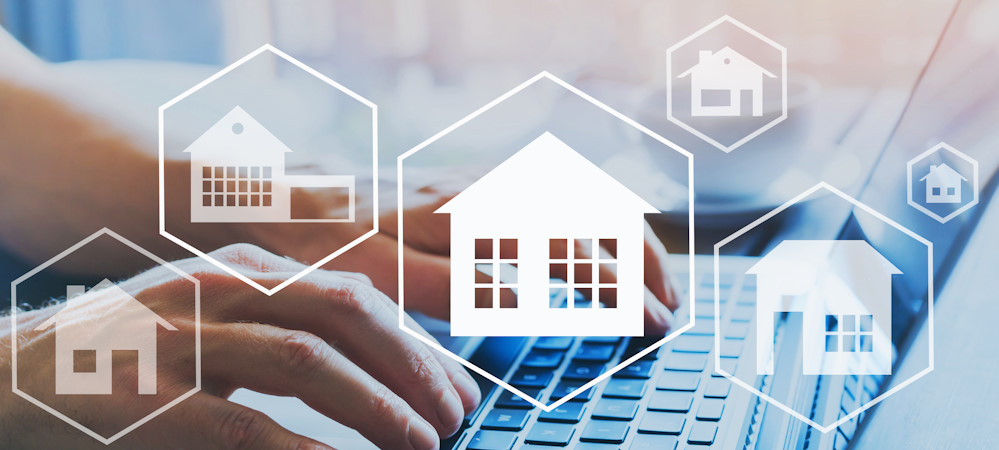
If you’re relocating to Utrecht for work, your employer may offer support with house hunting, frequently through a relocation company. This can make the process significantly smoother, especially for international moves.
If you’re searching independently, start with reputable online property platforms such as Pararius, HousingAnywhere, Kamernet, and Rentola. These sites offer a range of rental options, from rooms and apartments to family homes.
The housing market in Utrecht is highly competitive, so preparation is key. Begin your search early, have your documents ready, and consider using a real estate agent. Agents are indispensable for market knowledge and overcoming language barriers. They can also help you find properties suited to your specific needs.
Tenants in Utrecht are well-protected by Dutch law. Landlords must adhere to fair rent practices, provide clear service cost breakdowns, and take responsibility for major maintenance. Organisations like Huurteam Utrecht can help ensure you’re treated fairly as a renter.
Relocation Companies in the Netherlands
Useful links
Renting accommodation in Utrecht
When renting accommodation in Utrecht, choosing a lease agreement that fits your plans is important.
Making an application
The rental process in Utrecht can be competitive, so preparation is key. Landlords typically request documents such as a valid ID, proof of income, recent bank statements, and sometimes references from previous landlords. Having these on hand will help you secure a property more quickly.
Leases
Rental agreements in Utrecht come in different formats. Most leases include essential details such as rent costs, what’s included in the price, the lease term, and notice periods. Fixed-term leases often last up to two years and may automatically convert to open-ended contracts if not renewed. Open-ended leases offer long-term security but require you to give proper notice when leaving.
Deposits
Landlords in Utrecht generally require a deposit equal to one or two months’ rent, sometimes even three. This is refunded at the end of your lease, provided there’s no damage or outstanding rent. Always ensure the terms for deposit deductions are clearly outlined in your contract.
Terminating the lease
To end your lease, review your agreement for the notice period – typically one month for open-ended leases. Submit a written notice to your landlord and arrange a property inspection to ensure a smooth handover. Return the keys and ensure the property is left in good condition to help you get your deposit back without issues.
The Rent Tribunal (Huurcommissie) offers impartial mediation and resolution services for any disputes regarding rental agreements or deposits. Organisations like Huurteam Utrecht can also provide advice and support for tenants.
Read more: Renting Accommodation in the Netherlands
Utilities in Utrecht

Understanding how utilities work in Utrecht can make settling in much easier. From electricity and gas to water and waste management, here’s what you need to know to keep things running smoothly in your new home.
Electricity and gas
Due to the liberalised energy market in the Netherlands, electricity and gas are provided by a range of suppliers in Utrecht. Popular providers include Vattenfall, Eneco, and Essent, all of which offer flexible plans, including green energy options. You can bundle electricity and gas services under a single contract, simplifying billing and sometimes saving money.
Most properties in Utrecht are connected to a piped gas network, commonly used for heating and cooking. Smart meters are widely installed, allowing you to track energy usage in real time. If your property doesn’t already have one, you can request installation from your provider.
To get started, compare providers online, choose a plan that suits your needs, and set up your account before moving in. Keep in mind that activating new connections or existing ones can take a few days.
Water
Vitens, the largest water provider in the Netherlands, supplies water in Utrecht exclusively. Dutch tap water is known for its high quality and is safe to drink straight from the tap – no need for filtration. Water usage is metered, so you’ll only pay for what you use, with quarterly or annual bills.
Arranging your water connection is usually the tenant’s responsibility, unless stated otherwise in your rental agreement. You can easily register online with Vitens to start your service. The city also encourages sustainability, with programmes promoting water-efficient appliances and rainwater harvesting for garden use.
Bins and recycling
Utrecht makes recycling simple with a structured waste separation system. Households use green bins for organic waste, blue bins for paper and cardboard, and grey or black bins for general rubbish that can’t be recycled. Glass items, such as bottles and jars, are collected at designated glass points found throughout the city. Recently, Utrecht introduced post-separation for plastics, metals, and drink cartons (PMD). You can now dispose of these with general waste, and specialised facilities will handle the recycling.
If you need to get rid of bulky items or hazardous waste, such as furniture, electronics, or chemicals, you can visit one of Utrecht’s waste separation stations or arrange for the municipality to collect them from your home. Collection schedules for regular waste vary by neighbourhood. They can be easily checked on the ‘Mijn Afvalwijzer’ website or app by entering your postcode and house number.
Useful links





